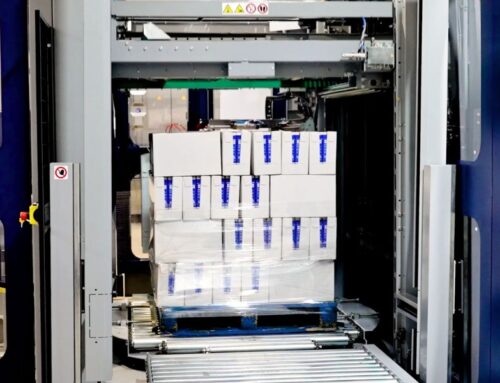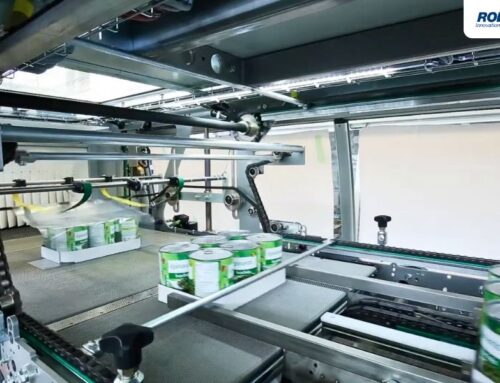Warehouse operations use millions of pounds of stretch wrap annually. Industries such as logistics, food production, and manufacturing face growing pressure to reduce plastic waste while ensuring product protection.
Plastic wrap affects the environment via the plastic itself, the energy used in its production, and its leftover waste. Keep reading to discover some simple ways to reduce the environmental impact of your stretch wrap.
Choosing the Right Stretch Film
Selecting the appropriate stretch film forms the foundation of waste reduction efforts. Featuring thinner gauges without compromising protection capabilities, cast stretch film offers superior environmental efficiency over blown alternatives. This manufacturing method produces consistent, clear film that adheres strongly to products and pallets while using less material per application.
Warehouse managers should evaluate their specific load requirements rather than defaulting to standard film thickness. Heavy, sharp-edged products may require stronger blown film, but many standard loads perform excellently with thinner cast alternatives. The key lies in matching film properties to load characteristics, ensuring adequate protection while minimizing material usage.
Optimize Your Wrapping Technique
Another way to reduce the environmental impact of your stretch wrap is to optimize your wrapping process with automatic stretch wrappers. Industrial stretch wrap machines guarantee efficient use of film resources with consistent, quality wrapping that minimizes mistakes and waste.
Film tension is equally important for effective wrapping. Light loads under 500 pounds require minimal containment force, while heavy, unstable loads may need over 20 pounds of tension for secure transport. Consistent tension across the load ensures stability and allows the film to extend securely to the pallet base.
Additional Tips for Stretch Wrap Reduction
Pre-stretched film uses material memory to improve load containment while reducing plastic use. Its built-in elasticity maintains tension as it returns to its original dimensions, enhancing wrap coverage and minimizing load shifting during transit.
Proper maintenance of wrapping machines, including roller cleaning and correct film threading, also keeps the wrappers performing at their best with minimal waste.
For internal warehouse movements, alternatives such as pallet bands can replace stretch wrap. These reusable devices quickly stabilize pallet layers without requiring full wrap coverage, offering a simple, sustainable solution for short-distance transport within facilities.
Maximize Environmental and Economic Returns With Robopac USA
Implementing stretch wrap reduction strategies is a boon not only to your bottom line but also to your organization’s sustainability and efficiency goals. Success comes from combining approaches such as using thinner films with proper tension control, investing in automation when feasible, and training workers on efficient techniques.
If you’re ready to reduce waste and increase efficiency in your wrapping process, Robopac USA is here to help. Learn more about our automated stretch wrappers online, and contact our staff with any questions.







